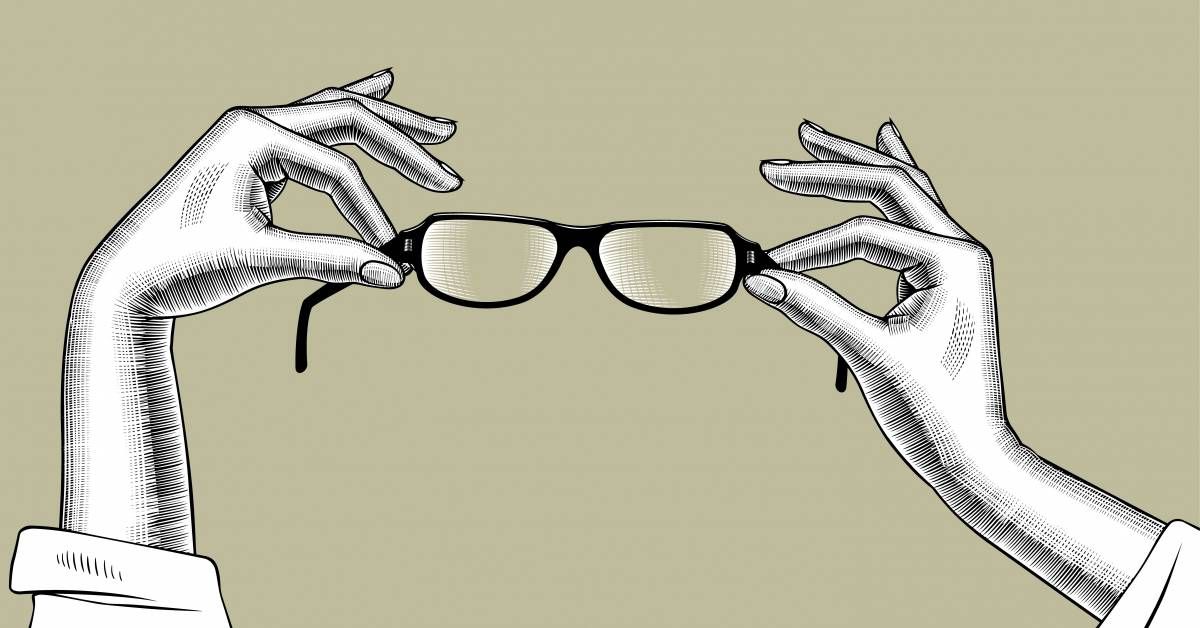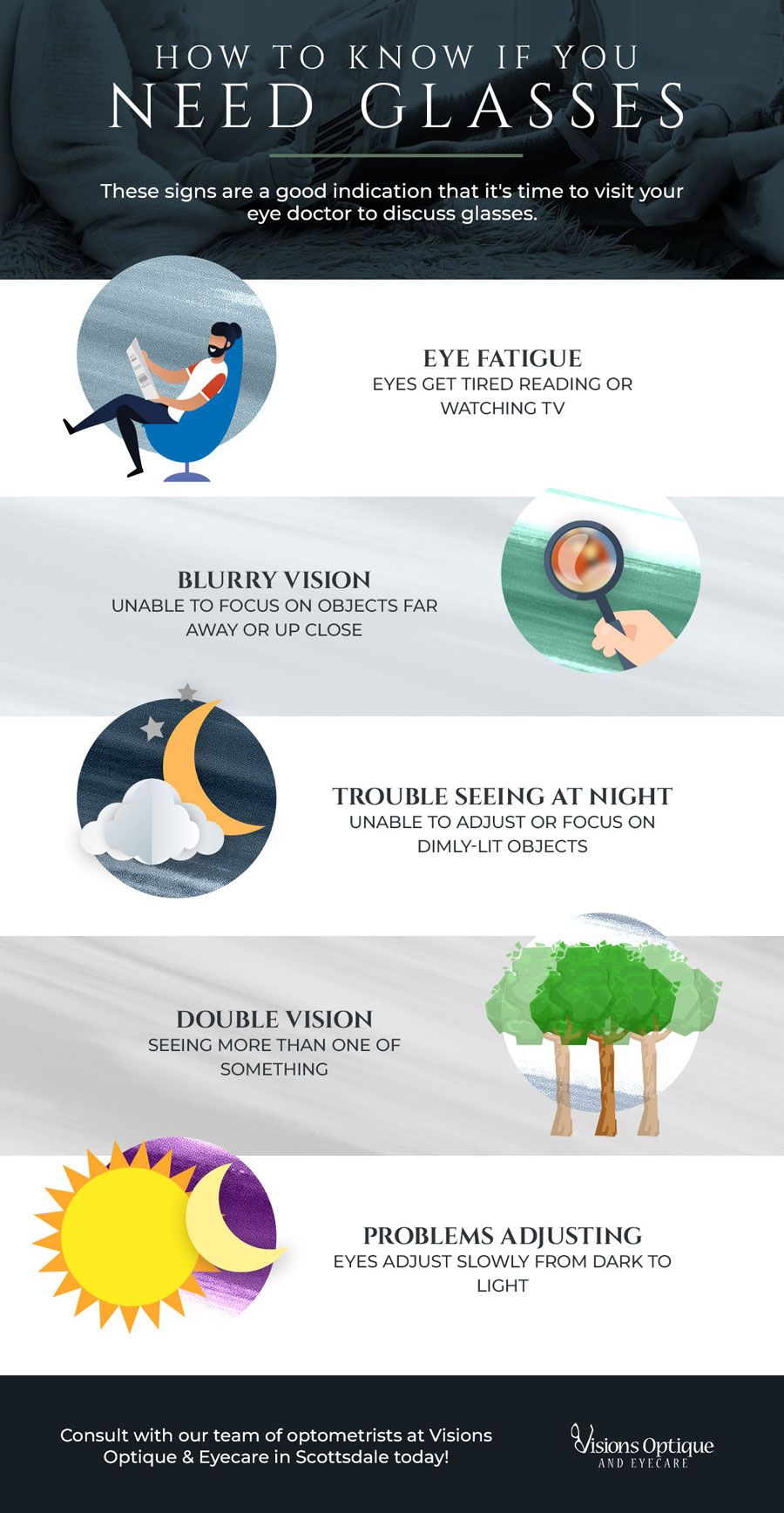Blurry Vision
Are you having to squint more to read street signs while you’re driving? Or to read something that’s close to your face? Nearsightedness and farsightedness are the most common type of eye problems. This means that you either have trouble seeing things in the distance or things up close. Blurry vision is one sign that you might be developing nearsightedness or farsightedness and should schedule an appointment with your eye doctor.
Eye Fatigue
When you’re sick or have allergies, you might notice that your eyes get tired more easily. But if you’re experiencing eye fatigue from routine activities — like reading or watching TV — then it might be time to get your eyes checked.
Problems Seeing at Night
While humans are not nocturnal creatures, we are able to see certain things in dim or darker conditions. But if you’re noticing that you’re unable to see at night or in spaces that are dimly lit, that might mean that you’re having trouble with your vision.
Trouble Adjusting From Dark to Light
When you’re driving at night, it’s not uncommon to move your eyes from seeing the bright lights of an oncoming vehicle back to watching the dimly-lit road. But if you notice that your eyes are taking longer than usual to adjust from dark to light, that might mean that the muscles that contract and expand your iris are weakening. But you can provide your eyes some relief with corrective lenses.
Eye Rubbing
If you notice that you’re rubbing or touching your eyes more frequently, that could be another sign of eye fatigue or strain and could be helped with a pair of prescription glasses.
Other Signs
There are other ways to tell if your vision is changing or worsening, including:
- Trouble seeing things that are far away
- Trouble reading or seeing things at close proximity
- Distorted vision
- Having to squint to see things better
- Fuzziness
- Cloudy vision
- Headaches or migraines
- Noticing auras or halos around things in bright light
- Double vision



